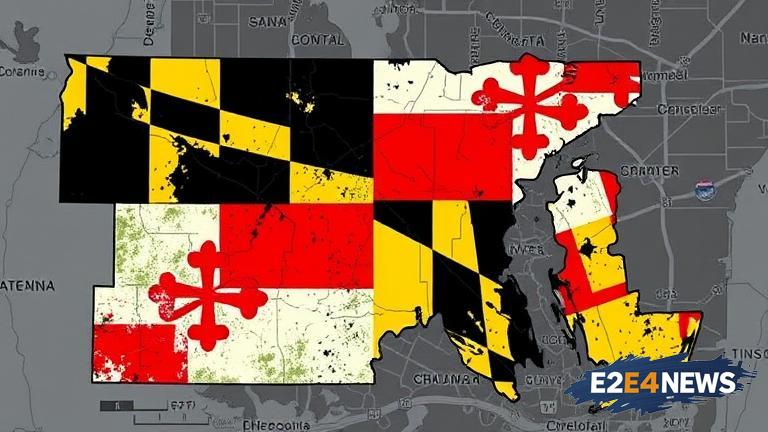Maryland’s employment landscape has taken a notable downturn, with the state losing 8,500 jobs in the month of June. This decline is primarily attributed to a substantial decrease in federal employment, which has had a ripple effect on the overall job market. According to recent data, the federal government sector experienced a significant reduction in employment, contributing to the overall loss of jobs in the state. The private sector, on the other hand, saw a modest increase in employment, but it was not enough to offset the losses in the federal sector. The job losses were spread across various industries, with some sectors experiencing more significant declines than others. The leisure and hospitality sector, for instance, saw a notable decrease in employment, which could be attributed to the ongoing pandemic and its impact on the tourism industry. The education and health services sector also experienced a decline, which may be due to budget constraints and reduced funding. Despite these challenges, Maryland’s unemployment rate remains relatively low, at 4.6%, which is slightly lower than the national average. However, the job losses in June have raised concerns about the state’s economic growth and the potential impact on the local workforce. Economists are closely monitoring the situation, and some have expressed concerns about the potential for further job losses in the coming months. The decline in federal employment is particularly concerning, as it can have a ripple effect on the entire economy. The state government is working to implement measures to stimulate job growth and support local businesses, but it remains to be seen how effective these efforts will be. In the meantime, residents and businesses are bracing themselves for the potential impact of the job losses on the local economy. The situation is being closely watched, and updates are expected in the coming weeks. As the state works to recover from the job losses, it is likely that there will be a renewed focus on supporting local businesses and stimulating economic growth. This may involve initiatives such as job training programs, tax incentives, and investments in infrastructure. The goal will be to create a more favorable business environment and attract new employers to the state, thereby reducing the reliance on federal employment and promoting more sustainable economic growth. Ultimately, the key to Maryland’s economic recovery will be its ability to adapt to changing circumstances and find innovative solutions to the challenges it faces.
